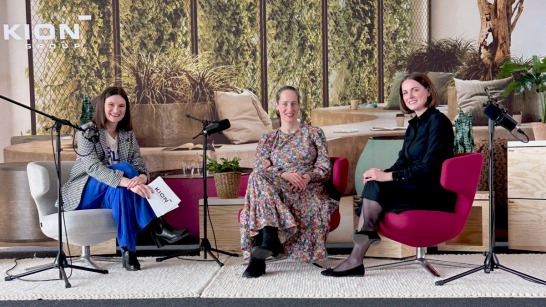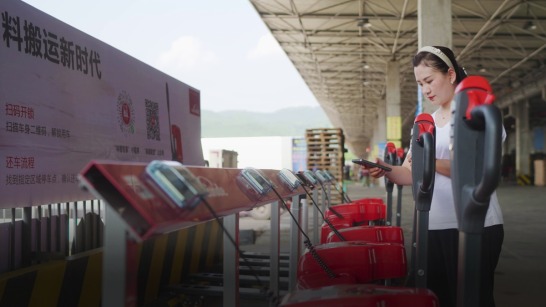Requirements for a Patent Application
To enable such inventive ideas to be transformed into future assets, the KION Group has established a suitable framework by means of internal patent strategy processes in order to identify inventions that are worth protecting and to promote their further development. “As a first step, the Patent Department receives notifications of all inventions from across the group. A patent committee then decides whether these inventions meet all the requirements for a patent application,” explains Dr. Joachim Tödter, Senior Director Technology & Innovation and member of the Patent Council for the KION brands STILL, Linde Material Handling and Dematic. At STILL, Dr. Tödter managed the Patent Division for several years by himself. He knows that, although the list of requirements is long, it essentially allows the committee to decipher the commercial applicability and practical value of an innovation for KION. “For example, there’s a reason why no one is able to patent a perpetual motion machine. On a technical level, it’s impossible to implement because it violates the laws of physics,” he adds.
A further requirement is the novelty check which ensures that there have been no previous technical or academic publications regarding the respective technology. After that comes the “inventive step” which checks whether the application is sufficiently inventive. If all requirements are met and depending on the decision made by the Patent Committee, the invention then passes to the final stage. “At this stage the patent attorney drafts a patent application, working closely with the inventor or the responsible team to implement patent protection that is as extensive and detailed as possible,” states Joachim Tödter. After a final check, the application is officially filed with the local office and what started as an initial idea becomes a market-relevant patent. But where to these ideas come from in the first place?
Customer Relations as a Source of Inspiration
To answer this question, we need to take a holistic view of the group. As a leader in technology, KION encourages the early and timely submission of invention notifications from all possible sources. Project Managers in the Research and Development Department (including not only the CTO but also Product and Project Managers as well as Global Business Solutions members) are required to identify any potential inventions during the development stage and to report these to the patent department.
The creation of patents is, therefore, not something that is limited to development and innovation departments. It is often the case that visionary ideas originate from sales departments. “Ideas for patents—known as business solutions—often arise from working closely with customers. These ideas are based on a needs analysis that is then formalized by the inventors and subsequently assessed internally,” describes Volker Gaber, Patent Manager at Dematic. Afterwards, the new technology is tested in concrete application cases and test scenarios. If this testing reveals a need for improvement, the technology will be further developed and refined. “The invention starts to take shape, so to speak, and is supplemented by additional detail and improvement patents, if necessary,” explains the patent expert at Dematic.
Improving Competitiveness through Patents
For companies, every secured patent is an effective means of gaining an advantage within a highly competitive market. In light of this, the patent strategy at the KION Group also adopts an offensive approach by aiming to secure market share and challenge competitors. “We want to target ‘white spots’ and are working at full capacity to identify and occupy these as far as possible,” explains Joachim Tödter. “White spots” are critical company and brand positions that are currently unoccupied but hold a great deal of potential for innovation.
Patents serve as a kind of entry ticket for these markets. Cross-licensing agreements, which authorize companies to use other companies’ patents, also come into play here. “Blocking patents,” which prevent third parties from entering a specific market segment, are even more important. This creates room for maneuver. ultimately allowing a company to position itself as a leader in a segment. However, Tödter understands that this process is more complicated than it first seems, “The competition never sleeps. Appeals and lawsuits against blocking patents are a proven method of preventing companies from occupying white spots.” The solution involved creating “patent clusters” to preempt attempts to bypass blocking patents and cover future developments ahead of time. “The world of patents is far from boring. It’s an extremely dynamic environment that is full of conflict,” states Volker Gaber.




